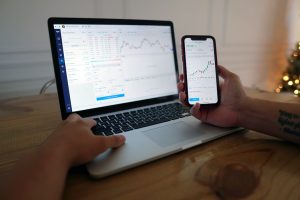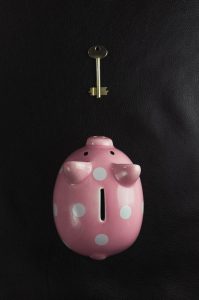Forex trading is a popular investment activity that involves the buying and selling of currencies. It is a highly lucrative market that offers numerous opportunities to make profits. However, choosing the right time frame to trade forex is critical to success. In this article, we will explore the different time frames available for trading forex and which one is best suited for traders.
What are Time Frames in Forex Trading?
A time frame in forex trading refers to the duration of time that a trader holds a position in the market. There are different time frames available for forex trading, ranging from seconds to years. Each time frame has its advantages and disadvantages, and traders must understand them to choose the best one for their trading style.
The Different Time Frames for Forex Trading
1. Scalping
Scalping is a popular trading style that involves opening and closing trades within a few seconds to a few minutes. Traders who use this method aim to make small profits on each trade, and they usually trade on lower time frames like the 1-minute or 5-minute chart. Scalping requires traders to have a high level of discipline, quick reflexes, and a sound understanding of the market.
2. Day Trading
Day trading is another popular trading style that involves opening and closing trades within a day. Traders who use this method aim to make profits on short-term price movements. They usually trade on higher time frames like the 15-minute, 30-minute, or 1-hour chart. Day traders require a high level of discipline, patience, and a sound understanding of the market.
3. Swing Trading
Swing trading involves holding trades for a few days to a few weeks. Traders who use this method aim to profit from medium-term price movements. They usually trade on higher time frames like the 4-hour, daily, or weekly chart. Swing traders require a sound understanding of the market, patience, and discipline.
4. Position Trading
Position trading involves holding trades for several weeks to several months. Traders who use this method aim to profit from long-term price movements. They usually trade on higher time frames like the weekly or monthly chart. Position traders require a sound understanding of the market, patience, and discipline.
Which Time Frame is Best for Forex Trading?
The best time frame for forex trading depends on several factors, including the trader’s trading style, goals, and personality. Here are some factors to consider when choosing a time frame for forex trading:
1. Trading Style
Traders who prefer scalping should trade on lower time frames like the 1-minute or 5-minute chart. Those who prefer day trading should trade on higher time frames like the 15-minute, 30-minute, or 1-hour chart. Traders who prefer swing trading should trade on higher time frames like the 4-hour, daily, or weekly chart. Position traders should trade on higher time frames like the weekly or monthly chart.
2. Goals
Traders who aim to make small profits on each trade should consider scalping. Those who aim to make profits on short-term price movements should consider day trading. Traders who aim to make profits on medium-term price movements should consider swing trading. Those who aim to make profits on long-term price movements should consider position trading.
3. Personality
Traders who are patient and disciplined should consider swing trading or position trading. Those who are quick to make decisions and have quick reflexes should consider scalping or day trading.
Conclusion
Choosing the best time frame for forex trading is critical to success. Traders must consider their trading style, goals, and personality when selecting a time frame. Scalping, day trading, swing trading, and position trading are the different time frames available for forex trading. Each time frame has its advantages and disadvantages, and traders must understand them to choose the best one for their trading style.






